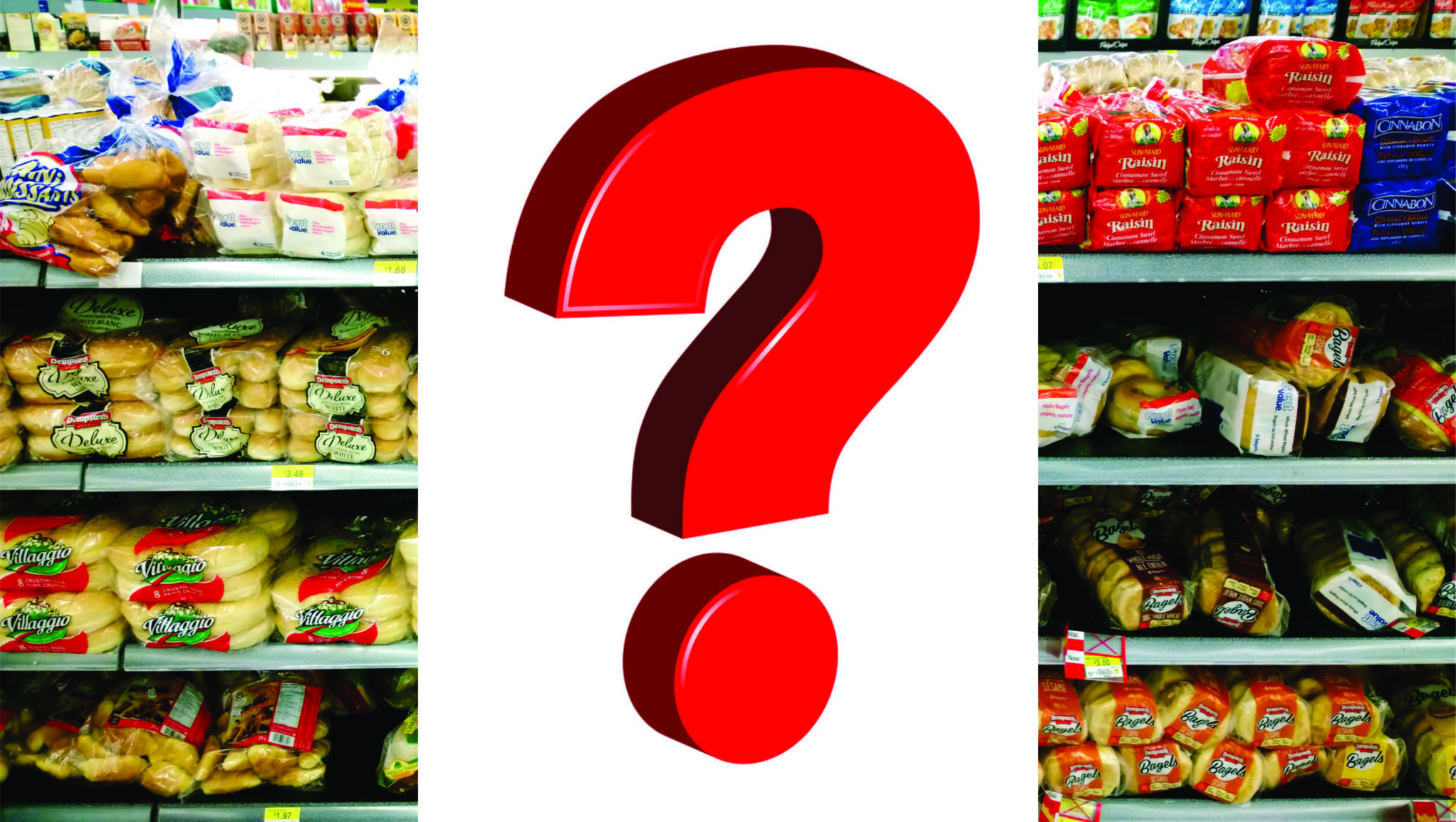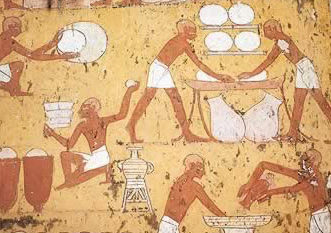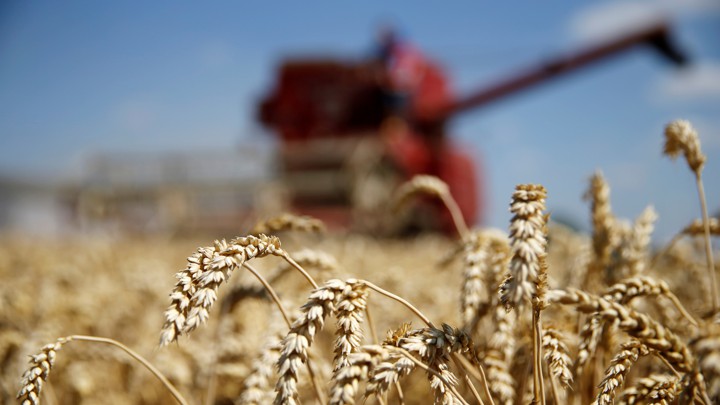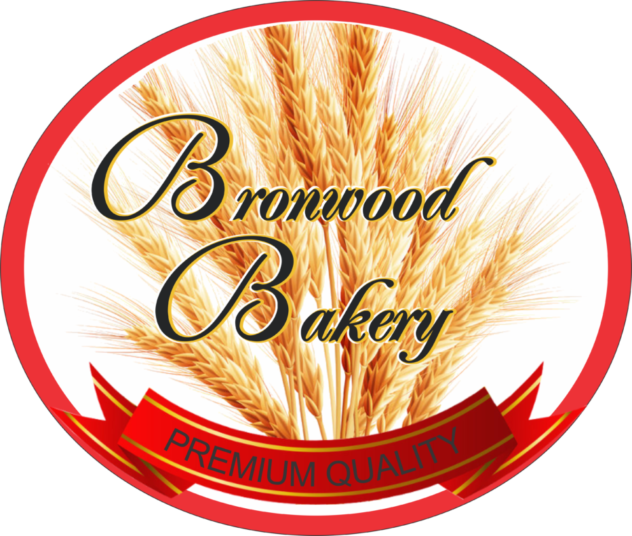
READ THIS
The Capital One commercial asks, “What’s in your wallet?” Well the same can be asked of us today with regards to our so-called daily bread, “What’s in your bread?” A valid question in today’s society where we are inundated with so much that is “fake” and we’re not just talking about news! How do we know the foods we are consuming on a regular basis are the real thing? And do most of us even know what the real thing is, in this fast track, instantly convenient culture? Speaking of bread, Bee Wilson shares some interesting facts about today’s commercially produced breads in her book titled: “Swindled” THE DARK HISTORY OF FOOD FRAUD, FROM POISONED CANDY TO COUNTERFEIT COFFEE:
What is bread? Walk into the average supermarket and you might be forgiven for thinking that bread could be almost anything that contains flour. It might be long, spongey hot dog rolls or round, dry hamburger buns. It might be cardboardy pitta or floppy tortilla “wraps”; weirdly moist “batch” bread or weirdly crusty “farmhouse” bread. It could be flavoured with any substance from dried onion to chocolate. Regardless of the colour and dimensions, this “bread” could, and probably does, include all kinds of rather unsavory ingredients: emulsifiers; flour treatment agents; Soya flour; bleach and flavourings; hardened fat to give the crumb its requisite soft and springy texture; hidden enzymes that are not even listed on the label. Even if it has been neither proved nor fermented nor kneaded–but hastily mixed by the so-called Chorleywood method–it can still call itself “bread.” More audaciously, the label will probably claim that this strange, farinaceous concoction is either “superior” or “traditional” in some nonspecified way. You may be seduced into buying it by the artificial baking smells being pumped through the store, yet no one intervenes to stop you from being deceived. No one protests that you are being sold and unacceptably high volume of water and grease along with your flour. Least of all, no one thinks of tracking down the creators of these “breads” and punishing them for their feeble products. No one forces them to eat their own loaves, no one parades them through the streets with bags of inedible sliced white hanging round their necks. What do you expect, at these prices? This is simply what we have become accustomed to.
Yet this indifference to the quality of bread would have seemed profoundly odd to our ancestors, for whom “bread” had very distinct and sturdy connotations. Bread could exist thanks only to the presence of a miller and a baker. A baker was someone with skill, whether a professional or a home baker.
Thank you Bee for that! For more information do purchase this very informative, eye-opening book. And as you know, we at The Bronwood Bakery do our best to provide simple, quality products. Bread you can count on to be “Bread”!
WATCH THIS
Chorleywood method of processing bread
KNOW THIS

BREADMAKING DID NOT BEGIN IN EUROPE!
English, Scottish and Irish are made famous for processing bread in a manner whose origins began in Kemet – ancient Egypt. Sourdough bread is the oldest and most ancient form of leavened bread. The use of leavening was discovered and recorded by the Kemites, later called Egyptians. Author, Ed Wood, MD, PhD, physician and research scientist whose quest for ancient sourdough cultures, bears witness to the discoveries of ancient grains in Egypt believed to be established as early as 10,000 to 15,000 BC. That they know of!

SCIENCE AND WHEAT
“Scientists Finally Crack Wheat’s Absurdly Complex Genome.” My immediate questions, WHY and for WHAT purposes??? I know it states this: “Their efforts will make it much easier to breed new varieties of the world’s most important crop.” Really? Again, WHY? Check out this article. Now what MORE do you think will become of BREAD?
